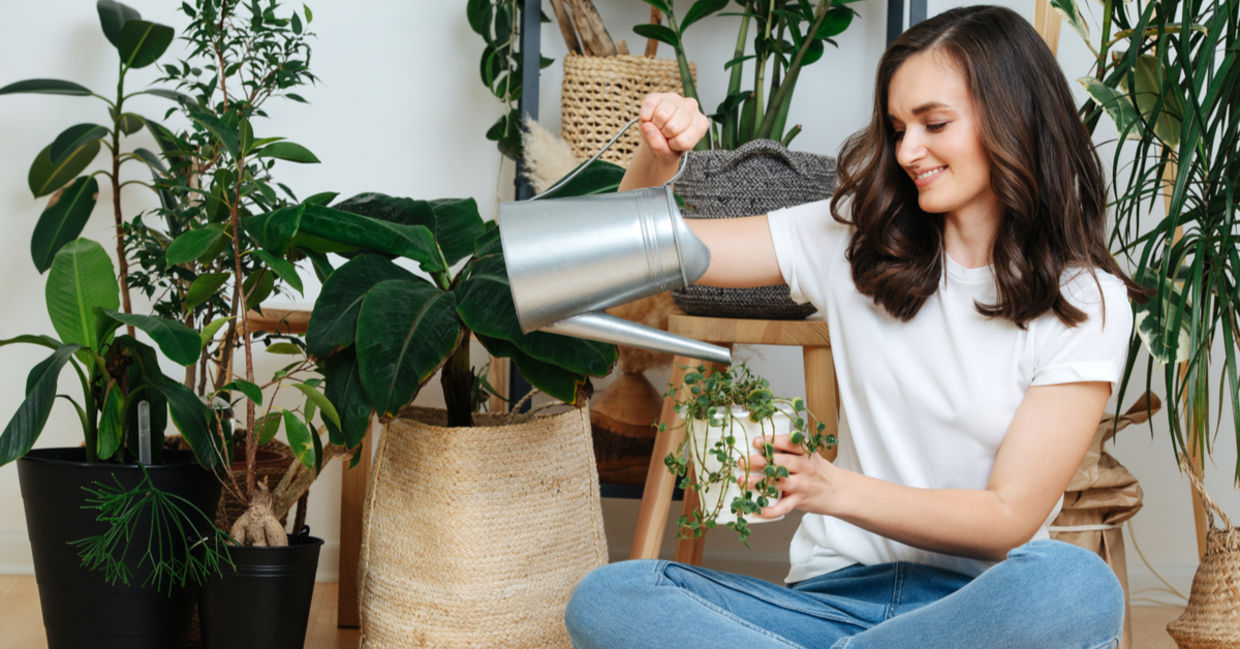
(Kuznetsov Dmitriy / Shutterstock.com)
With Spring here, it is always a pleasure to focus on nourishing nature indoors as they come out of hibernation. Not only are houseplants beautiful to look at, some may clean indoor air, and they all make plant lovers happy!
Your indoor plants need some TLC in the Spring to help them flower and flourish. Fertilizers offer the soil the nutrients it needs, yet homemade is often a better option than store-bought plant fertilizers.
Natural houseplant fertilizers are eco-friendly, safe to use, and, unlike chemical fertilizers, they ensure there is a steady release of nutrients going into the soil, according to Smart Garden Guide.
As different plant species have unique requirements, try to make sure the fertilizer will suit your plant’s specific needs. Also, remember to dilute your homemade fertilizers with lots of fresh water and not to overdo it, or you can run the risk of burning the plant leaves, according to Indoor Plant Care.
You can use common items from your home to prepare these five easy-to-make houseplant fertilizers.
Egg Shells
Eggshells offer plants calcium, an essential micronutrient, according to Smart Garden Guide. They also help lower the level of acidity in the soil.
Simply clean the eggshells, then crush them in a blender until powdery and add to the potting soil. You can also steep them in boiled water overnight to make a fertilizer tea and pour into the soil.
Remember that eggshells are not a full fertilizer as they only provide calcium carbonate and are not a good choice for plants that thrive in acidic soil. Houseplants that would love an eggshell bath are azaleas, ferns, and rhododendrons, according to Houseplant Heaven.
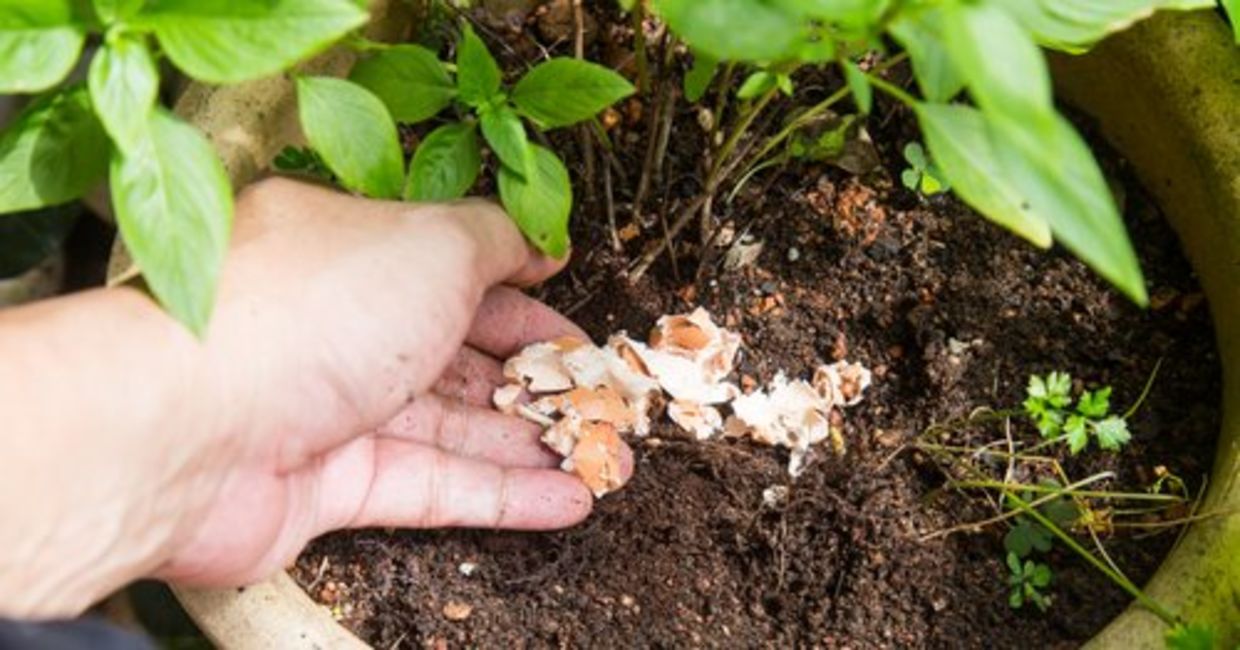
(ThamKC / Shutterstock.com)
Coffee Grounds
This DIY houseplant fertilizer is rich in nitrogen, potassium and magnesium, as written on The Spruce. As coffee is naturally acidic, the grounds can boost the acidity level of the soil. Simply spread used coffee grounds on a sheet of parchment paper and leave to dry, then sprinkle a small amount on the soil around the base of your houseplants.
Or, mix with mulch and then apply to the plants, recommends Indoor Flora. Nitrogen is important as it is connected to the production of chlorophyll and may assist in your plants’ development. Use a spoonful of the grounds every four to six weeks on your cyclamen, African violets, jade plants, philodendrons, and Christmas cacti.
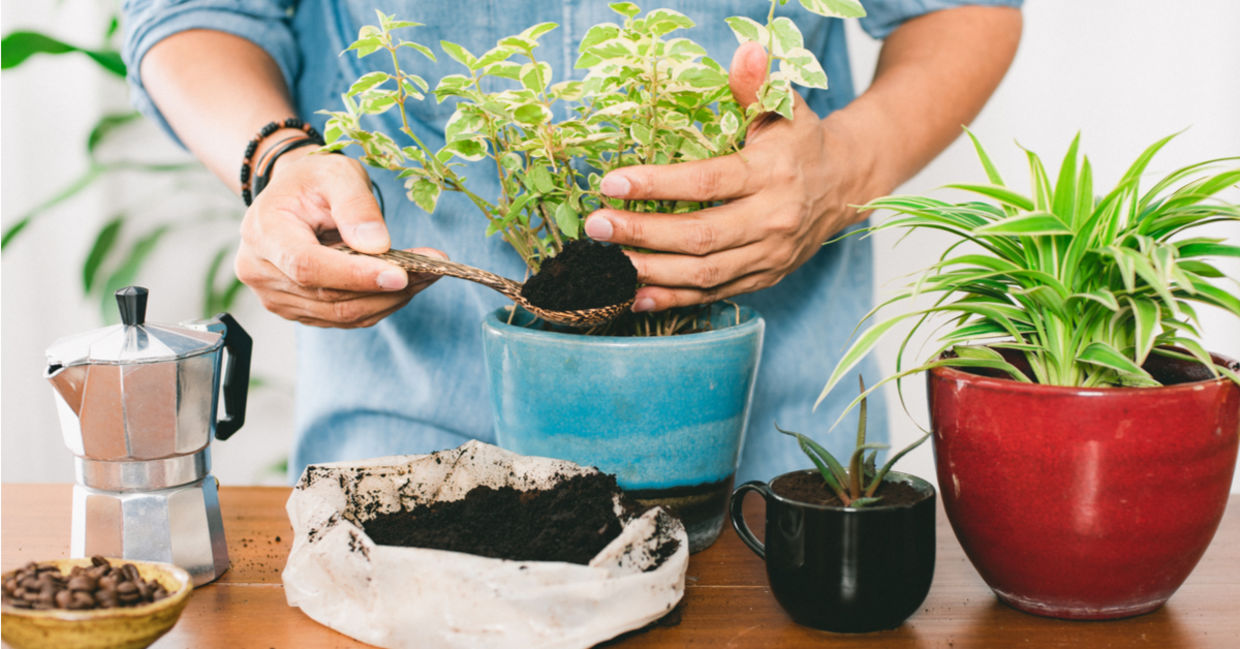
(Nor Gal / Shutterstock.com)
Aquarium Water
If you have a fish tank, you have a valuable source of plant nutrition floating in front of you! The next time you clean your tank, try recycling the waste water. According to Smart Garden Guide, this water is enriched from the fish waste and the decomposing fish food. It is similar to aquaponics, a process in which fish waste water is used to grow plants.
Simply pour the waste water onto your houseplants. Dirty aquarium water is enthusiastically called “liquid gold” by Dave’s Garden. That’s because it also offers trace nutrients such as iron, potassium, nitrogen, and phosphorus.
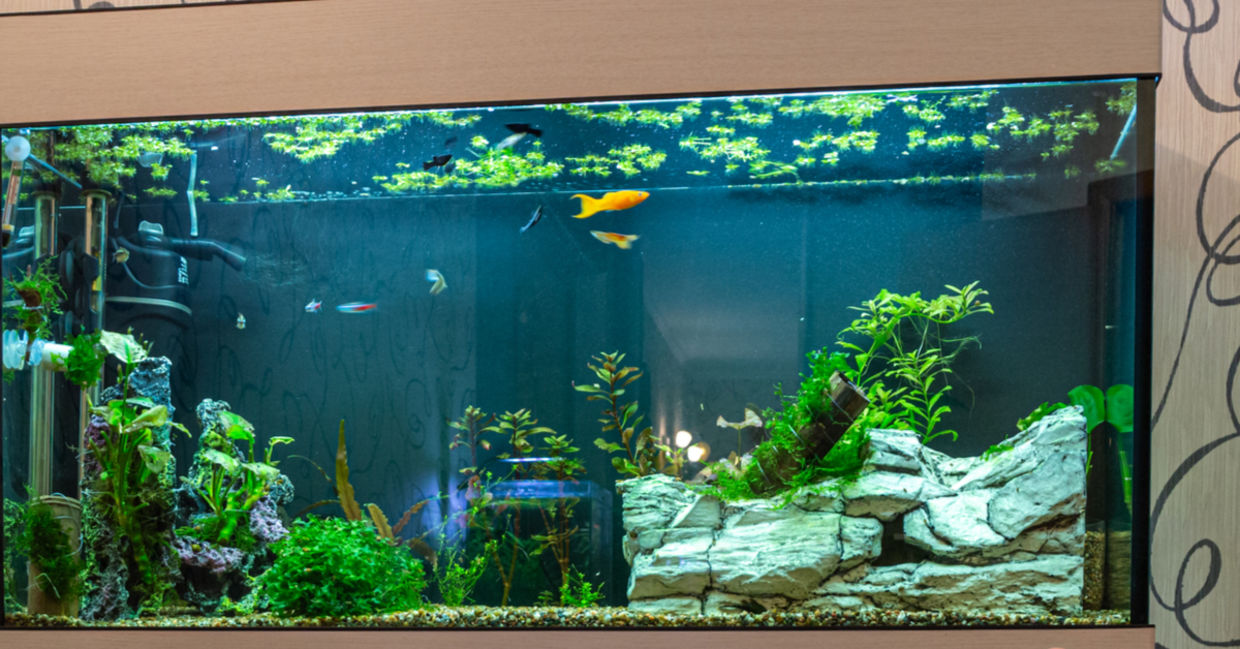
(dimakig / Shutterstock.com)
Green Tea
Have you ever noticed older relatives pouring the remains of their tea cup onto houseplants? They do know what they are doing! The tannic acid in tea leaves is highly concentrated in nutrients and also lowers the pH of the soil, according to Smart Garden Guide.
Tea leaves add calcium, magnesium, phosphorus, and calcium to the potted soil, according to Urban Garden Gal. As the tea leaves break down slowly, the plants have an ongoing supply of these important nutrients, and may grow faster.
You can either place crushed green tea leaves on the soil or make a tea and water the plant with the cooled tea. It is best to fertilize houseplants when they are blooming. Add green tea to plants that like acidic soil; your Christmas cactus, African violets, amaryllis, and jade plants will appreciate a cuppa’ green tea.
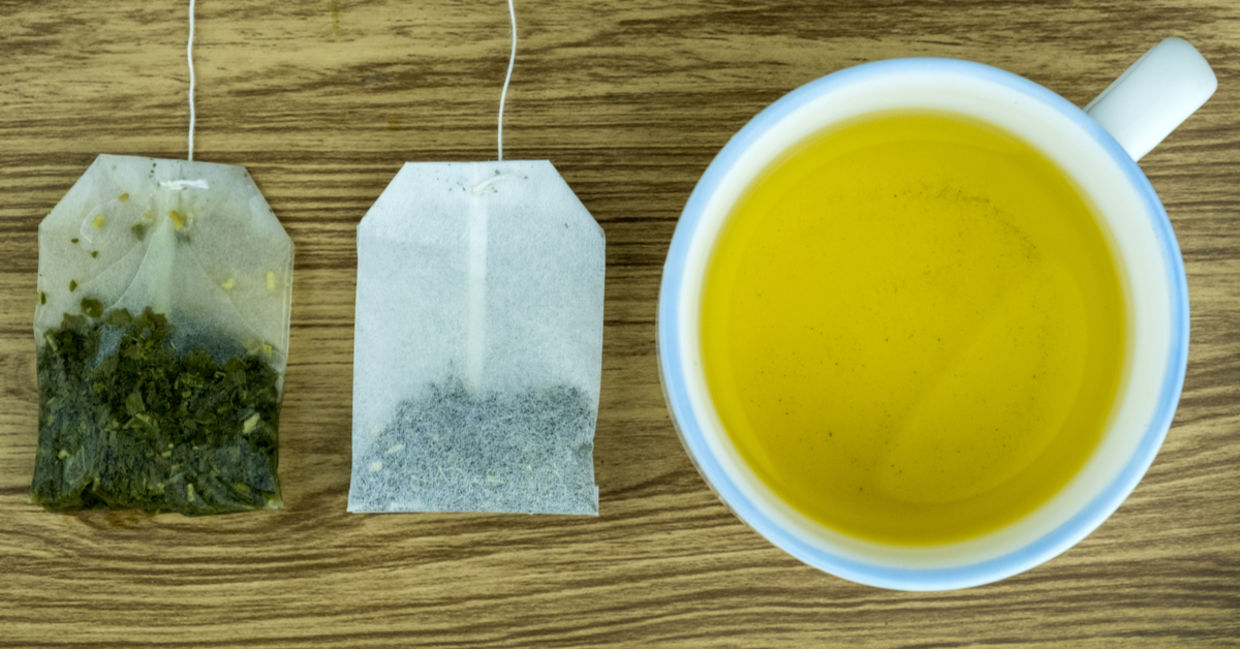
KOKTARO / Shutterstock.com)
Epsom Salt Fertilizer
Epsom salt contains magnesium and sulfate, important plant nutrients, according to The Spruce. To make your DIY fertilizer, dissolve one tablespoon of Epsom salt in one gallon of water and shake well. You can water your plants with this solution once a month.
Epsom salt also helps with root development, according to Plant Gardener, and may soon increase the number of leaves and stems on your plants. Applying Epsom salt may also decrease the spread of plant diseases and will encourage the soil to stay moist. Hydrangeas and succulents will love an Epsom salt bath!
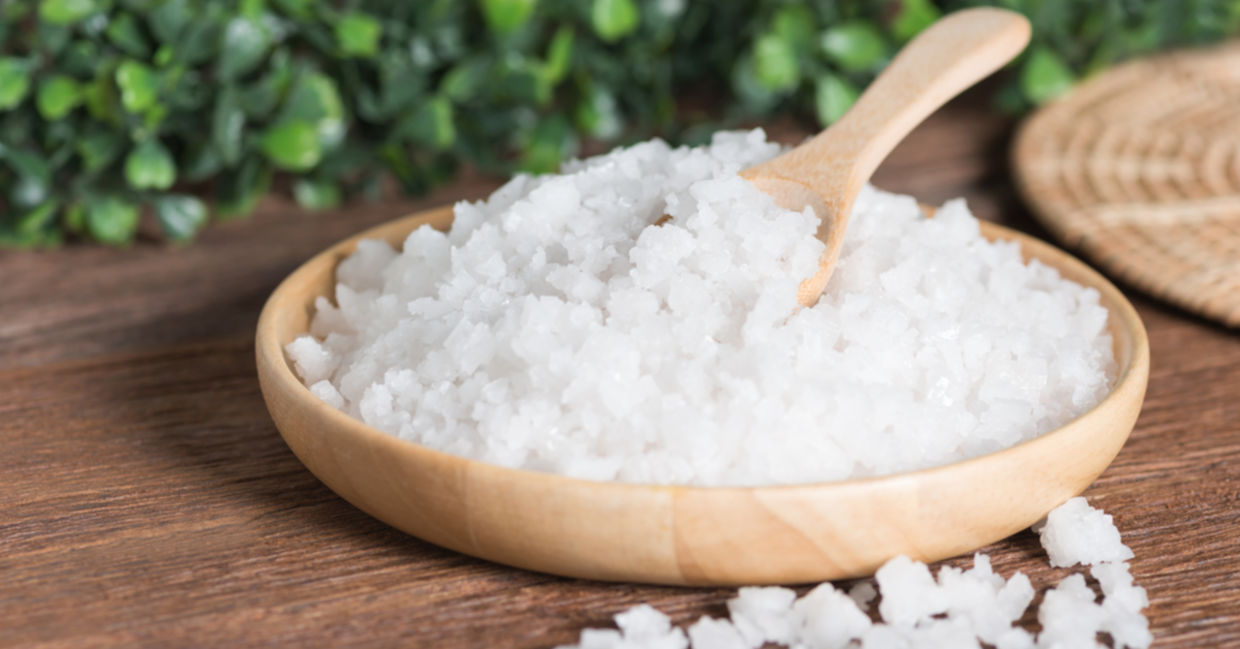
(inewsfoto / Shutterstock.com)







